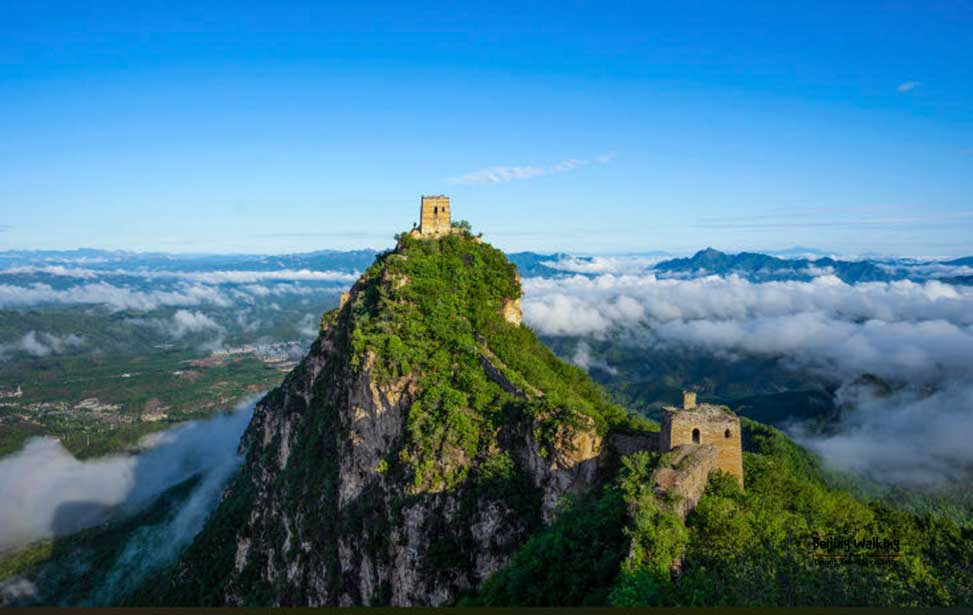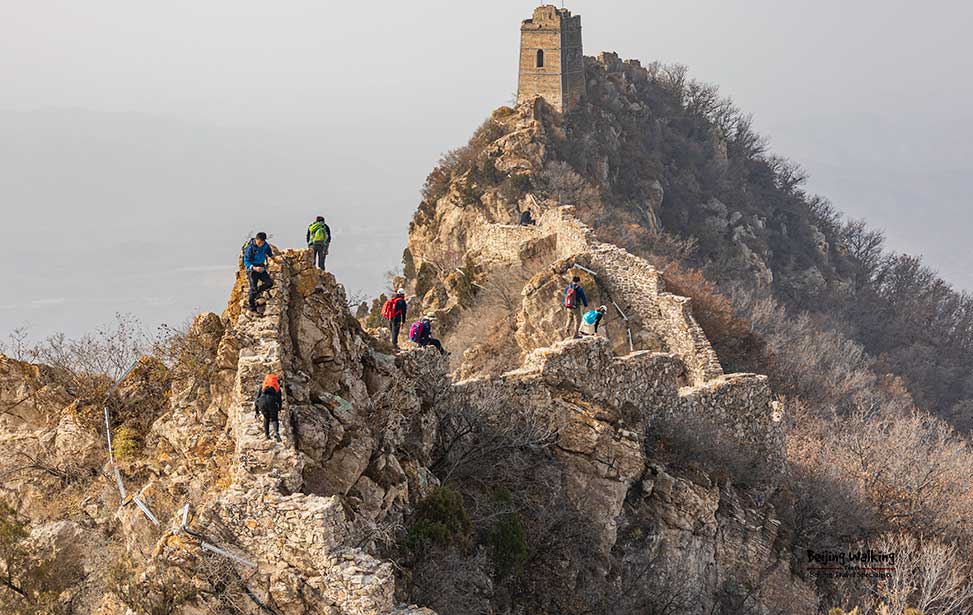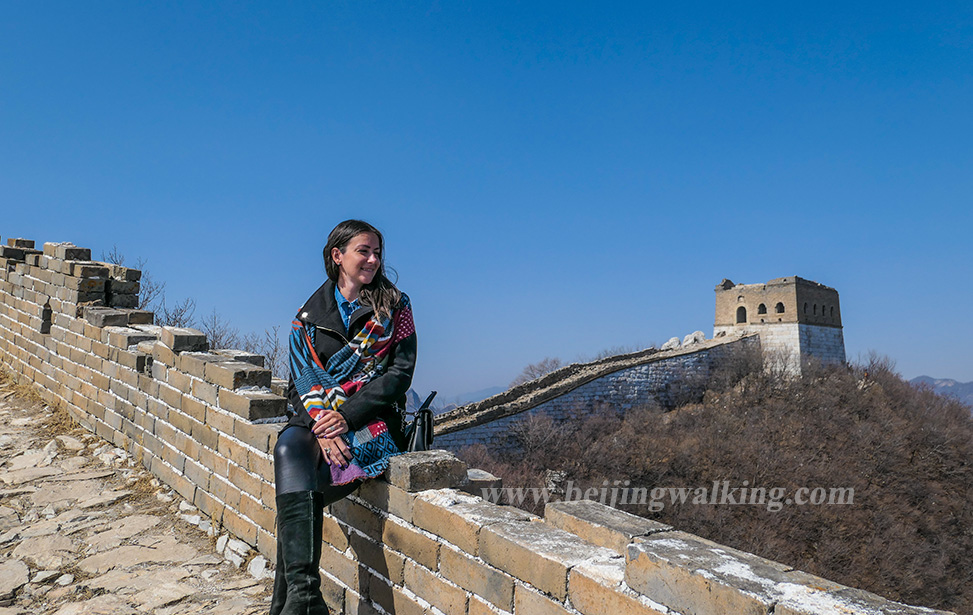Exploring the Most Dangerous Parts of the Great Wall of China

The Great Wall of China is an architectural marvel that stretches over 13,000 miles, making it one of the most iconic landmarks in the world. Built over centuries to protect China from invasions, it is a testament to human ingenuity and determination. However, not all sections of the Great Wall are created equal. Some parts are considered dangerous, attracting adventurous travelers seeking a thrill amidst history.
Why are certain parts of the Great Wall considered dangerous?
The Great Wall of China was constructed using various materials, including stone, brick, wood, and even compacted earth. Over time, natural elements and human interference have taken their toll on specific sections, making them difficult to explore. Erosion, lack of maintenance, and the absence of safety features contribute to the danger. These sections may have crumbling walls, steep inclines, and uneven steps, posing risks to visitors. Despite these challenges, the allure of exploring the dangerous parts of the Great Wall remains strong.
The Jiankou section: A treacherous beauty
One of the most dangerous and visually stunning sections of the Great Wall is Jiankou. Located in the mountains of Huairou, it is renowned for its breathtaking views and treacherous terrain. The Jiankou section is known for its steep slopes, narrow paths, and crumbling steps. The absence of handrails and safety measures makes it an exhilarating but risky adventure. Hiking Jiankou requires physical fitness, proper hiking gear, and caution. However, the reward is unparalleled panoramic views of the surrounding mountains and an indescribable sense of accomplishment.
The Jiankou section is not for the faint of heart. Its rugged beauty attracts adrenaline seekers and experienced hikers willing to face the dangers and challenges it presents. The crumbling walls, overgrown vegetation, and cliffs create an ambiance of mystery and adventure. It is a place where history and nature intertwine, offering a unique experience for those daring enough to explore its dangerous path.
The Simatai section: A challenging adventure

Another dangerous yet captivating section of the Great Wall is Simatai. Situated in Beijing, it is known for its steepness and stunning views. Simatai offers an authentic experience for adventure enthusiasts willing to take on the risks it presents. The rugged terrain, narrow paths, and lack of safety features make it a challenging journey.
Hiking the Simatai section requires careful planning and preparation. It is essential to wear proper hiking shoes, carry enough water and snacks, and be mentally prepared for the rigorous climb. The reward is worth the effort, as reaching the highest point of the Simatai section provides a breathtaking panorama of the surrounding countryside. The sense of accomplishment and the awe-inspiring views make it a memorable adventure.
Tips for exploring the dangerous parts of the Great Wall
While the allure of exploring the dangerous parts of the Great Wall is undeniable, it is crucial to prioritize safety. Here are some tips to ensure a safe and enjoyable experience:
-
Research and plan: Before embarking on your adventure, research the specific section you intend to explore. Understand the level of difficulty, potential risks, and necessary precautions.
-
Physical fitness: Ensure you are physically fit and capable of enduring the challenges. Hiking on the dangerous sections of the Great Wall requires stamina, strength, and agility.
-
Proper gear: Wear sturdy hiking shoes with good traction to navigate the uneven terrain. Dress in layers to adapt to changing weather conditions, and carry a backpack with essential supplies such as water, snacks, sunscreen, and a first aid kit.
-
Hiking companions: It is advisable to hike with a group or at least one companion. They can provide assistance in case of emergencies or unexpected situations.
-
Caution and mindfulness: Stay alert and cautious throughout the hike. Take your time, watch your step, and avoid risky maneuvers. Do not venture off designated paths or climb unstable sections.
Safety precautions to take when visiting the Great Wall
Visiting the Great Wall of China, especially the dangerous parts, requires certain safety precautions. These precautions can help mitigate risks and ensure a safe experience:
-
Follow official guidelines: Observe and adhere to all posted signs and regulations. They are in place to protect visitors and preserve the historical site.
-
Engage local guides: Consider hiring a local guide familiar with the area who can provide valuable insights and guidance. They can also offer assistance in case of emergencies.
-
Inform others: Tell someone about your plans, including the section you intend to explore and your estimated return time. This ensures that someone knows your whereabouts and can seek help if needed.
-
Stay hydrated: Carry an adequate water supply throughout your hike. Dehydration can lead to fatigue and impaired judgment.
-
Please respect the environment: Preserve the Great Wall and its surroundings by not littering, defacing, or damaging the site. Leave only footprints and take memories and photographs with you.
Other notable dangerous sections of the Great Wall
While Jiankou and Simatai are two of the most well-known dangerous sections of the Great Wall, there are different notable sections worth exploring for thrill-seekers:
-
Gubeikou: This section offers challenging hiking trails and stunning views of Beijing. Its unrestored state adds to the sense of adventure.
-
Huangyaguan: Situated in Tianjin, this section features cliffs, narrow paths, and an impressive fortress. It provides a unique perspective on the Great Wall’s defensive capabilities.
-
Jinshanling: Located in Hebei province, this section offers a mix of restored and unrestored segments. It is known for its watchtowers and panoramic views of the surrounding countryside.
The allure of danger: Why do people still visit these parts?
Despite the inherent risks, people are drawn to explore the dangerous parts of the Great Wall of China for various reasons. The allure of adventure and the opportunity to push personal limits play a significant role. These sections offer a unique experience, allowing travelers to connect with history, challenge themselves physically and mentally, and witness awe-inspiring landscapes.
The dangerous parts of the Great Wall also provide an escape from the crowds that flock to more accessible and touristy sections. They offer solitude and a chance to immerse oneself in the raw beauty of nature and history. The sense of accomplishment upon conquering these challenging sections adds to the
I am exploring the dangerous parts of the Great Wall.
The dangerous parts of the Great Wall of China offer a thrilling and awe-inspiring adventure for those willing to take on the risks. From the treacherous beauty of the Jiankou section to the challenging journey of Simatai, these sections provide a unique perspective on the Great Wall’s history and architectural prowess. By following safety precautions, respecting the environment, and being mindful of the risks, visitors can explore these dangerous parts and create unforgettable memories. So, gear up, be prepared, and embark on an adventure of a lifetime on the most dangerous parts of the Great Wall of China.
CTA: If you’re ready to embrace the thrill and challenge of exploring the dangerous parts of the Great Wall of China, start planning your adventure today. Remember to prioritize safety, research the sections you wish to visit and make necessary preparations. Get ready for an unforgettable experience that combines history, nature, and the thrill of adventure.







1 Comment so far
Peter PuddlesPosted on12:01 am - Jan 26, 2024
What wonderful scenery, and such an absolutely astounding construction!!!! ❤️❤️❤️❤️